Findings from the National Spina Bifida Patient Registry
Findings from the National Spina Bifida Patient Registry
The National Spina Bifida Patient Registry collects information from patients to better understand the associations between medical procedures and health outcomes. The data were collected from 2009 to 2013 from children and adults who received care at one of the spina bifida clinics participating in the Registry. See our map of the Registry sites and Frequently Asked Questions about this research project.
CDC manages the Registry and partners with spina bifida patient organizations to share research findings with families, doctors, nurses, and other healthcare professionals. CDC is the only organization in the United States conducting this broad multi-site clinical research to help people living with spina bifida.
- Type
- Gender
- Race/Ethnicity
- Level of Lesion
- Mobility
- Urinary Continence
- Bowel Continence
- Insurance Type
Type of Spina Bifida (percentages are rounded)
81% Myelomeningocele
19% Non-myelomeningocele (including lipomyelomeningocele, fatty filum terminale, and meningocele)
(Based on 4,664 registry participants)
Learn more about myelomeningocele and meningocele »
Learn more about lipomyelomeningocele »
Learn more about fatty filum terminale »
What is fatty filum terminale »
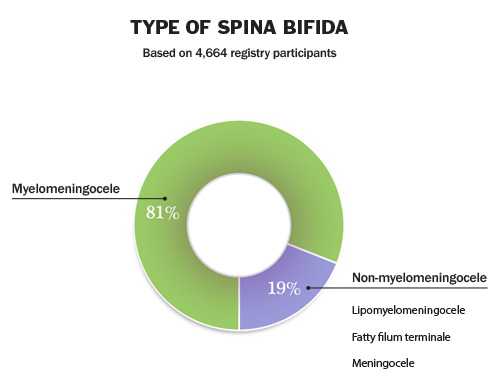
53% female
47% male
(Based on 4,664 registry participants)
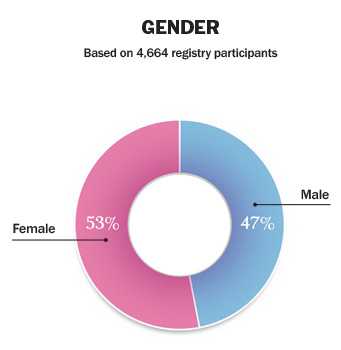
64% Non-Hispanic White
22% Hispanic or Latino
7% Non-Hispanic Black
7% Other (Asian, Native Hawaiian, other Pacific Islander, American Indian, Alaskan Native)
(Based on 4,664 registry participants)
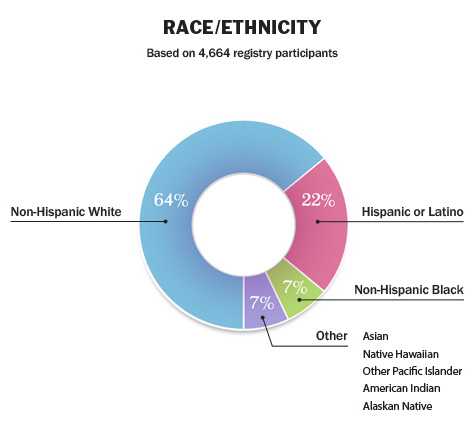
15% Thoracic
10% High-Lumbar
27% Mid-Lumbar
19% Low-Lumbar
29% Sacral
(Based on 4,664 registry participants)
A diagram of the spine and spina bifida functional ability can be found on the Spina Bifida Association’s website.
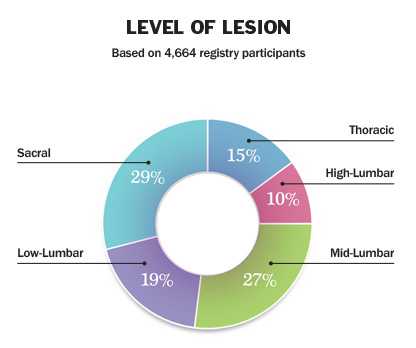
55% community ambulators
8% household ambulators
8% therapeutic ambulators
29% non-ambulators
Percentages have been rounded to whole numbers and do not total 100%.
(Based on 4,223 registry participants)

66% incontinent
34% continent
Urinary continence is defined here as dry during the day, with or without intervention (medication, equipment, or other aids). The majority (95%) of those continent said that they use clean intermittent catheterization for bladder management. These numbers are based on 3,188 registry participants, aged 5 years and older with impaired bladder function.
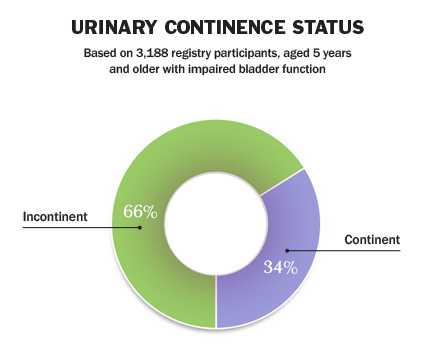
70% incontinent
30% continent
Bowel continence is defined here as no event of involuntary stool leakage during the day, with or without intervention (medication, equipment, or other aids). These numbers are based on 3,027 registry participants, aged 5 years and older with impaired bowel function.
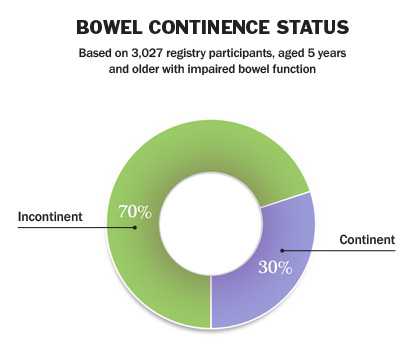
47% Any type of private insurance
44% Public insurance only
3% Supplementary insurance only
6% Supplementary insurance and public insurance
1% Uninsured
(Based on 4,657 registry participants)
Patients may have reported more than one type of insurance.
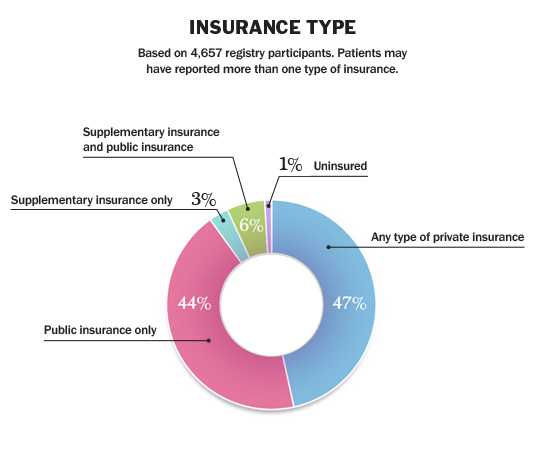
- Page last reviewed: February 13, 2017
- Page last updated: October 12, 2016
- Content source:


 ShareCompartir
ShareCompartir